By: Thorsten Overgaard. January 6, 2022
Add to Flipboard Magazine.
The Breakthrough
The breakthrough I look for in any photographer is that they start believing and stop doubting. Believe that when you “see a picture” or “get an idea” that it’s valid and real. Decide to take the photograph, and take it.
That is the main breakthrough, and the rest of the career is to make the process from seeing it, to getting it, simple.
It sounds nice and easy, and it sort of is. But most people want to complicate things with more gear, more software, more knowledge and all.
Making an idea communicate requires that you remove things. Not that you add.
My own breakthrough
When I went to South East Asia in January 2005 after the tsunami, I went to help people.
When I arrived, the command center grabbed me to collect all the photographs that the volunteer helpers had taken, and to take more photos myself.
The point was to document what was happening for history, to validate the hundreds of people who had dropped what they were doing to volunteer in a country far away; and also to have photos to raise funds for the relief work that would continue for years, work that included building villages and schools.
For three weeks, my life consisted of travel from one location to another throughout Sri Lanka and India. This involved long hours and little sleep, supported on rice and chicken, and lots of mosquito bites.
Most nights I spent on mattresses in four or eight person rooms, or simply on a bus seat between locations.
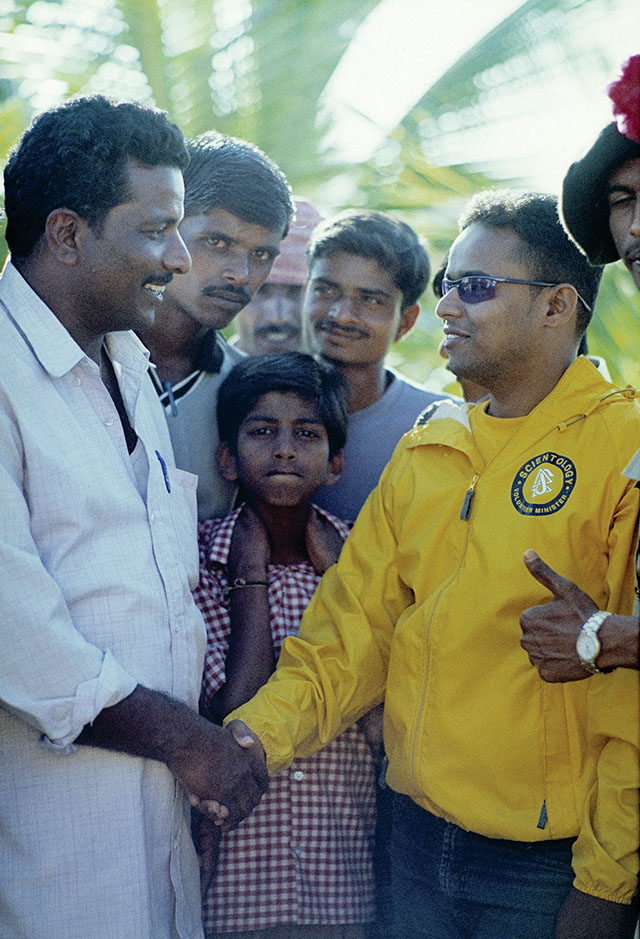
The volunteer ministers with local families in India. Mr. Jenyairyju had gotten help from the team with breathing problems, chest pain and pain in the back. Leica SL with Leica 80mm Summilux-R f/1.4. © Thorsten Overgaard
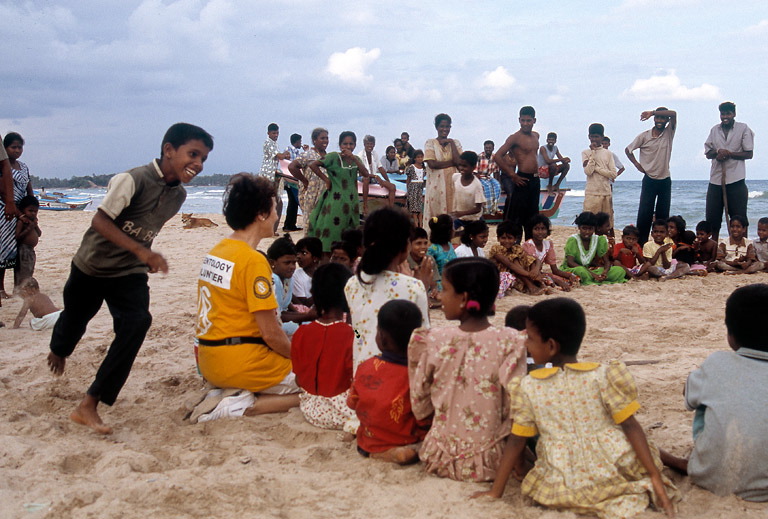
The kids playing with the volunteers on the beach in Sri Lanka. Leica M4 with Leia 21mm f/3.4. © Thorsten Overgaard.
I took a lot of photos on slide film and black and white film, focusing on the positive spirit of the survivors, the rebuilding efforts and the relentless support work provided by strangers from all over the world. I didn’t take a single photo of any dead persons, and only relatively few ruins. I was not doing a news story about a disaster, it was a story about people rebuilding their society and life.
Three hundred rolls of film richer and nine kilos lighter, I returned home to he studio.
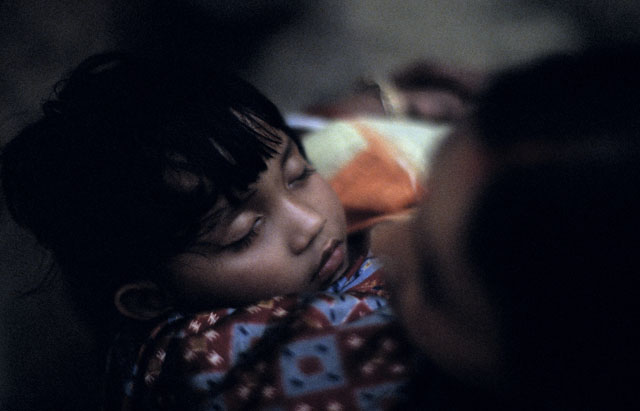 A child sleeping with his mother in Kolkata, India. Leica SL with Leica 80mm Summilux-R f/1.4. L© Thorsten Overgaard.
A child sleeping with his mother in Kolkata, India. Leica SL with Leica 80mm Summilux-R f/1.4. L© Thorsten Overgaard.
Realizing that the photos had to go somewhere, I spent the next three months scanning and writing full time until I had my book “After the Tsunami” ready. I also made a DVD with slideshows and the website www.afterthetsunami.org
I sent out photos with stories to people all over the world as I went through scanning and writing. I had met a lot of people on the trip whom I wanted to write about, and whom I wanted to have their story told in pictures.
I went around different places the next year to tell the story with the slideshow and have had tremendous feedback on the project.
Besides being an exhausting project, it was good training in producing optimal quality photos, scans and presentations, while making sure everybody got the story.
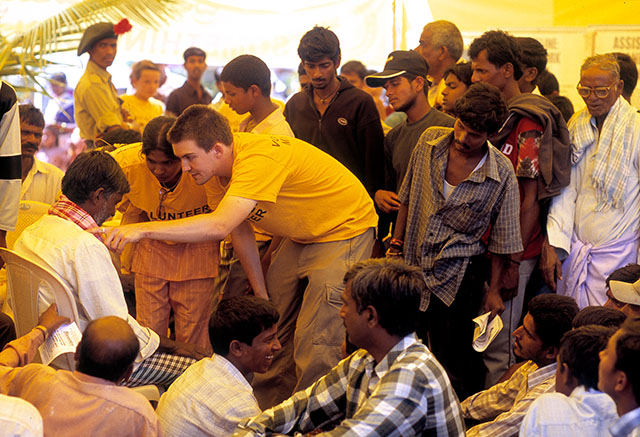
Robbie from the volunteer team from UK working with adults in a tent in India. © Leica R4 with Leiac 80mm Summilux-R f/1.4. Thorsten Overgaard.
Mainly, it was the breakthrough as storyteller and photographer. Before this project, I considered myself a business person who invested and developed, and photography and writing was a passion I also did.
I could say that this project made people recognize me as a photographer. But that wasn’t really what happened. What happened was that I saw myself as a photographer.
This ridiculously large project, which involved essentially 900 to 1,200 hours of work into one story, had given me a workflow and foundation for how to tell stories the way I wanted to.
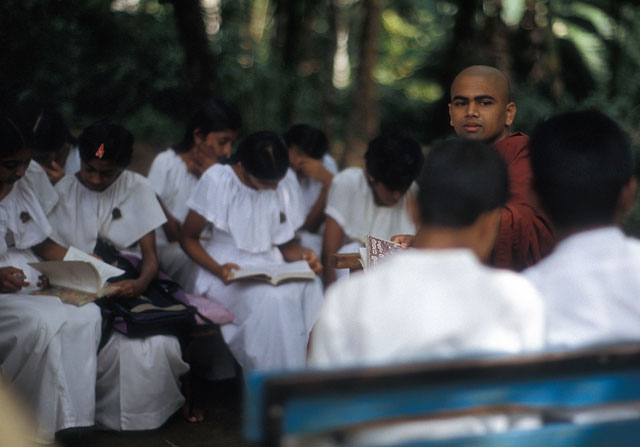
The sunday school in Sri Lanka. Leica SL with Leica 80mm Summilux-R f/1.4. © Thorsten Overgaard.
I went on with a lot of mainly smaller stories and projects, and when I say smaller, I mean 3-10 day reportages in fashion, music, architecture and more for newspapers, magazines, Associated Press and Getty Images.
The “After the Tsunami” project was the breakthrough that made me a photographer, defining the direction and the type of stories I do, the visual language, the level of technical quality, the impact of distribution, and much more.
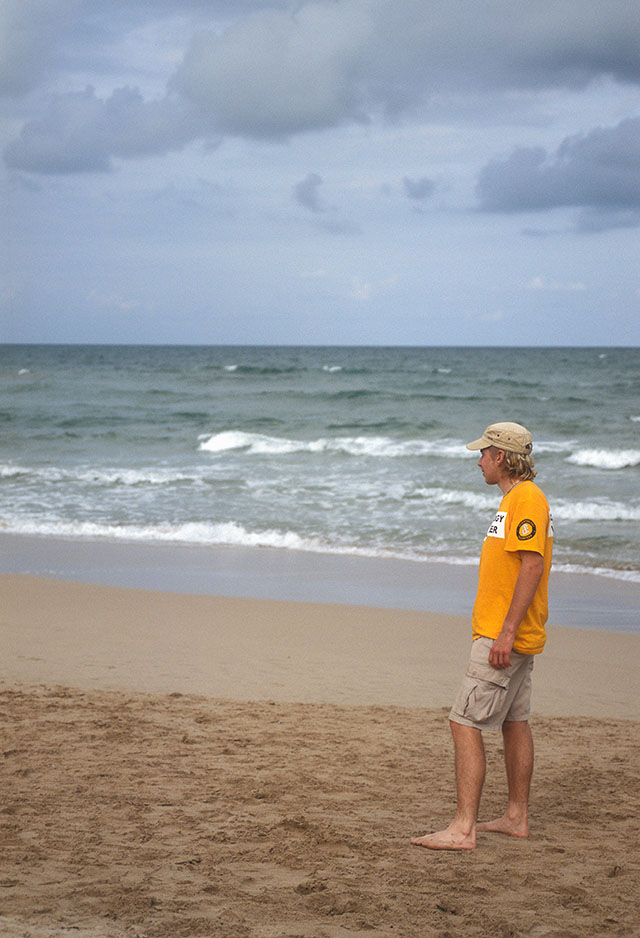
A German volunteers takes a moment on the beack in Trincomalee, Sri Lanka. Leaving everything behind and going to a foreign country to help for weeks is an eye-opener. This area, though it looks beautiful, was hit hard by the tsunami after years with armed conflicts.
I hope you enjoyed today's Story Behind That Picture which was taken from the eBook, "A Little Book on Photography". Buy the book for more stories. As always, feel free to email me with questions, ideas and suggestions.
/Thorsten Overgaard
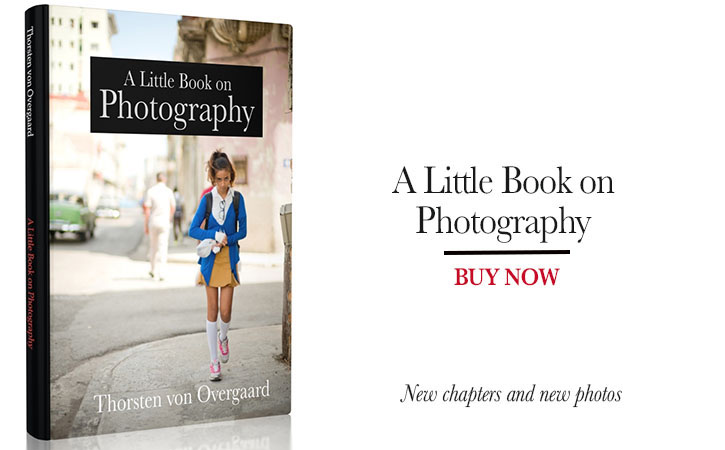
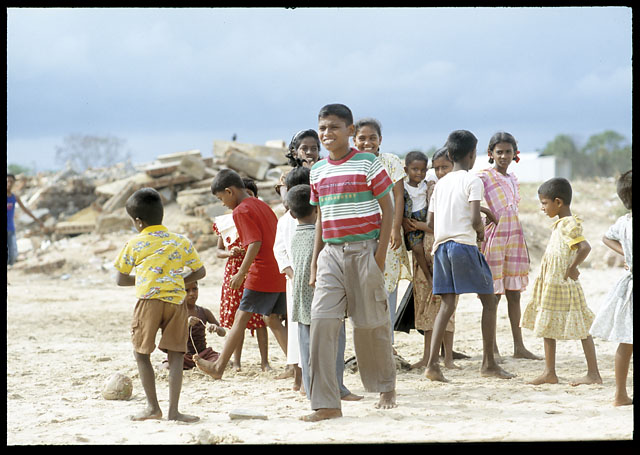
Sri Lanka
© Thorsten Overgaard.
![]()
